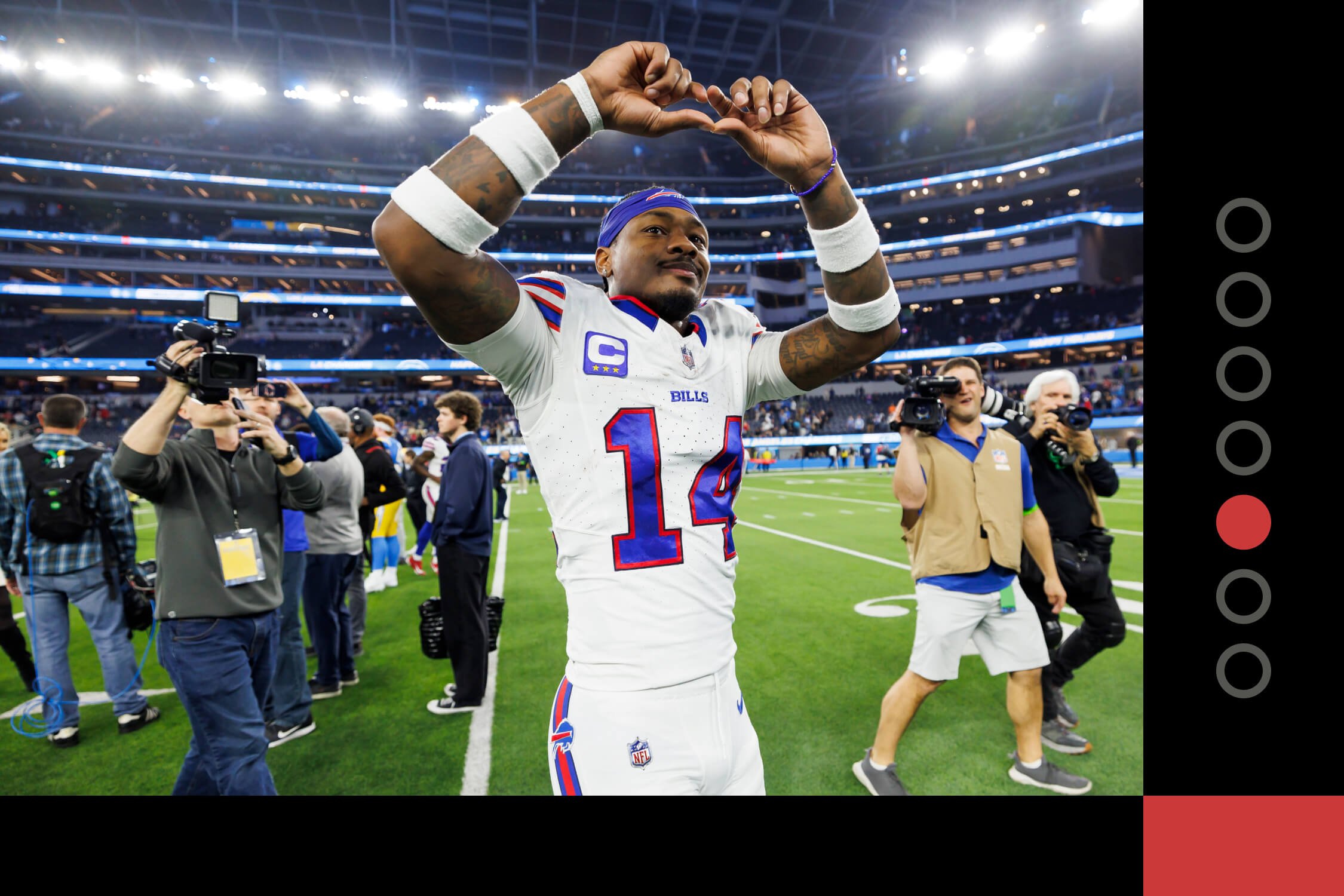In the fast-evolving landscape of digital entertainment, streaming services have redefined how we consume media. Among these platforms, Netflix has emerged as a juggernaut, boasting millions of subscribers worldwide. A crucial metric underpinning its success is the measurement of "Watch Time," a key performance indicator (KPI) that has undergone significant evolution in response to changing viewer habits and technological advancements. This article delves into the evolution of Watch Time, its calculation, and its strategic importance to Netflix.
The Early Days: Simple Metrics for a New Era
Initially, Watch Time was a straightforward metric, calculated by tallying the total hours viewers spent watching content on the platform. This rudimentary approach provided Netflix with basic insights into viewer engagement and content popularity. It was a time when streaming was in its infancy, and the primary goal was to attract viewers from traditional TV and DVD rentals to the burgeoning online model.
The Rise of Personalization and Algorithmic Refinement
As Netflix's subscriber base expanded, so did its ambition to tailor the viewing experience. The company invested heavily in data analytics and machine learning to refine how it measured and interpreted Watch Time. This era marked a shift from mere quantity to quality of viewing. Netflix introduced algorithms capable of discerning not just how long content was watched, but how it was watched. Did viewers binge a series in one sitting? Did they return to their favorite episodes repeatedly? These nuances became pivotal in understanding true viewer engagement.
The sophistication of these algorithms allowed Netflix to personalize recommendations at an unprecedented scale, using Watch Time as a key input. The metric evolved to account for the intricacies of viewer behavior, including pause, rewind, and fast-forward actions. Such detailed analytics helped Netflix not only recommend content more accurately but also guide its content creation strategies.
Beyond Duration: Engagement, Completion Rates, and Viewer Satisfaction
Netflix's approach to measuring Watch Time continued to evolve, incorporating metrics beyond mere duration. Completion rates, for instance, became a crucial measure of a show or movie's success. A high completion rate indicated that viewers were engaged enough to watch a piece of content from start to finish, signaling strong content-market fit.
Furthermore, Netflix started to correlate Watch Time with viewer satisfaction and retention. It wasn't just about how long viewers watched but how their viewing patterns affected their likelihood to continue their subscription. This holistic view of Watch Time allowed Netflix to optimize its library not just for quantity of content consumed but for quality of the viewing experience.
The Impact of Cultural Shifts and Global Expansion
Netflix's global expansion introduced new challenges and opportunities in measuring Watch Time. Cultural differences in viewing habits, time zone variations, and content preferences required a more granular and flexible approach to data analysis. Netflix adapted its algorithms to accommodate these variables, ensuring that Watch Time metrics remained relevant and actionable across diverse global markets.
Conclusion
The evolution of Watch Time as a KPI reflects Netflix's journey from a simple streaming service to a global entertainment powerhouse. By continuously refining how this metric is calculated and interpreted, Netflix has managed to stay ahead in the competitive streaming landscape, ensuring that its content and recommendations resonate with viewers worldwide. As the digital entertainment industry continues to evolve, Watch Time will undoubtedly remain a critical measure of success, adapting to new technologies, viewer preferences, and societal shifts.



